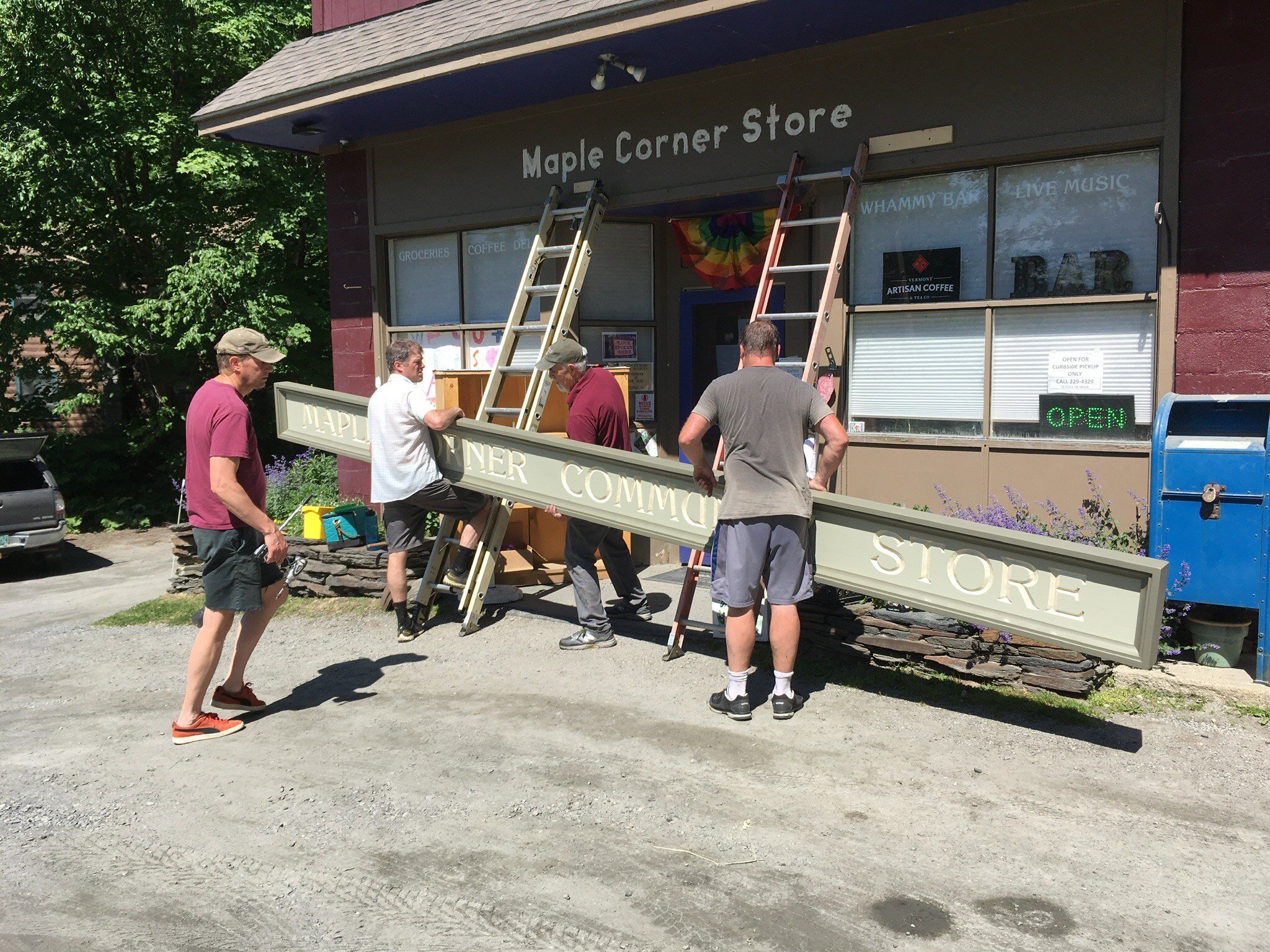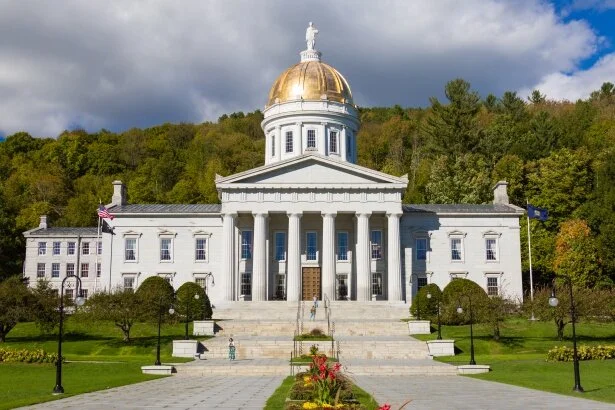Students work to preserve historic Kent’s Tavern
Calais’s Kent’s Corner will soon undergo renovations. Photo by Ibrahim Genzhiyev.
Anyone who visits Calais, Vermont, usually feels obliged to visit Kent’s Corner, a historical district where visitors can find Kent’s Tavern.
Constructed nearly 200 years ago, between 1833 and 1837, the Tavern was originally designed as an intermediate stop for travelers visiting Canada. With its historical location, it became the natural resting place on the road from Montpelier to Montreal.
Today, the Kent Museum is open only during special events, like the annual art exhibition, ”Art at the Kent,” which takes place every September.
In cooperation with the Vermont Division of Historic Preservation, UVM honored a group of civil engineering students with an important task to prepare renovation plan for one of Kent’s Corner buildings.
“It’s also very interesting to work with real-life community partner and tie in your research and what you know to create something what they can tangibly use,” says Sharwari Salvi, one of the engineering students.
The renovation project has four goals; Sharwari Salvi gets rid of moisture in the basement, Ryan Jewell makes the building more accessible for people with disabilities, Justin Richmond incorporates a fire suppression system and Marshall Pesaturo provides the building with a renewable energy source. So, at the end of the process, the building will be cheaper to maintain since moisture ceases to corrode the building.
Improved accessibility will give more people an opportunity to learn about Vermont's history. And fire control is obviously essential. Pesaturo chose solar. Of course, one of the most important problems for Pesaturo is to save the building's historical image. To achieve this goal the decision was to put solar panels that stand alone near the building while the underground grid provides the building with solar power. In this way, the building will have its own source of energy, without solar panels sticking out.
For fire suppression, the main idea is to use a water mist system rather than the traditional sprinkler systems. The benefits of this system water conservation, due to the high-water pressure this system allows that covers more than the regular sprinkler. It’s safer for the building since less water will decrease potential damage.
Ryan Jewell who works on accessibility says, “Everything on the inside has been off limits, so I only been working exterior doorway.” Since making a ramp will affect the historical aesthetic, and raising the ground can make a way for the water to go to the basement, Jewell put raised pathways to stop water from getting into the structure with the proper drainage system.
Due to COVID-19 students cannot work in the field. When they need any new measurement, they must make a request and somebody will take measurements for them.
Naturally, it makes things more complex, Pesaturo says.
“It’s sort of difficult to get a feel for the environment without being there,” Pesaturo said. Of course, there are some benefits since they do not have to spend money and time on traveling. As many other engineering jobs, all their calculations and plans are prepared on computers. To communicate they videoconference, making it easy to call each other when one of them feels that their realm interferes with their peer's work.
However, this format excludes many chances for group brainstorming. But even expecting all these challenges, they still have asked for this assignment.
“What droves me is like historic preservation aspect,” Richmond said. “Is like conserving our history, make sure it is there for next generations to see and learn about that. It’s very important, especially for this country to make sure we know our history.”








